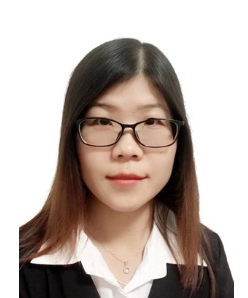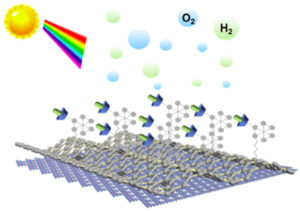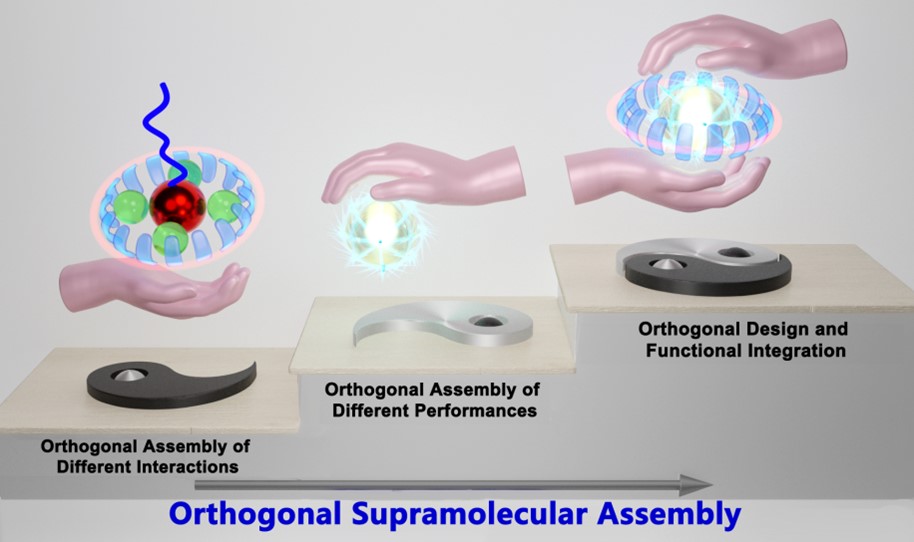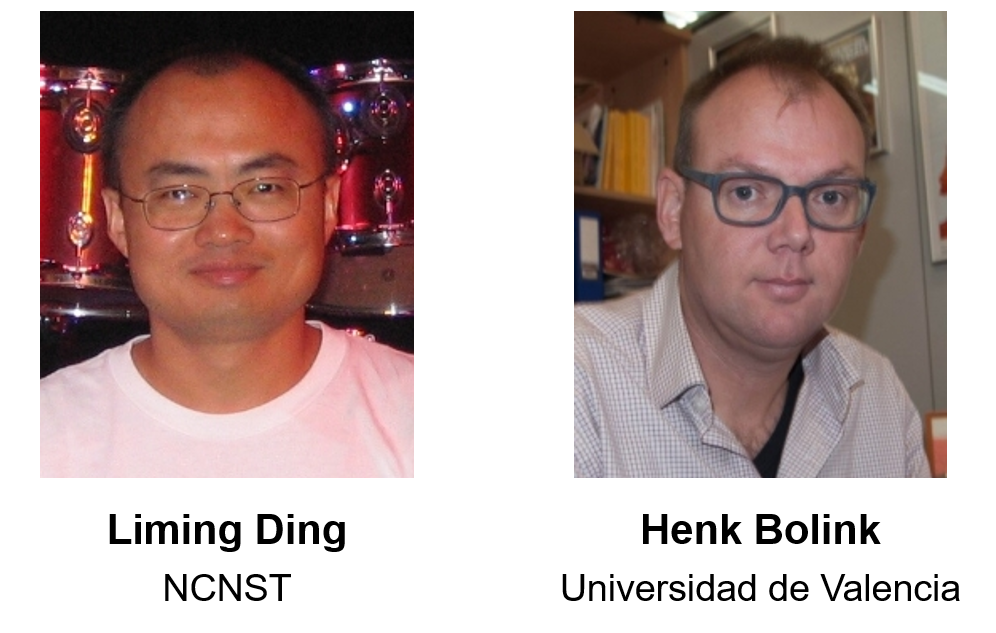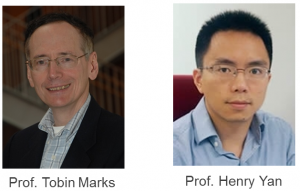Emerging Investigator: Haiyan Peng
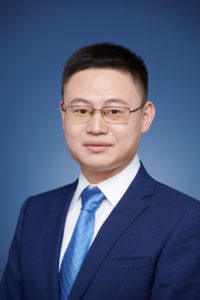 |
2008-2014 Huazhong University of Science and Technology (China) Ph.D. 2004-2008 Huazhong University of Science and Technology (China) B.Sc. |
Read Haiyan Peng’s Emerging Investigator Series article on Materials Chemistry Frontiers and learn more about him.
| Liquid crystal-assisted manufacturing of flexible holographic polymer nanocomposites for high-security level anticounterfeiting | ||
|
|
Flexible manufacturing of holographic polymer nanocomposites has been realized by the synergy of hydrogen bonding networks with thiol–ene click reaction, which allows for the reconstruction of polarization-sensitive 3D images for advanced security. |
|
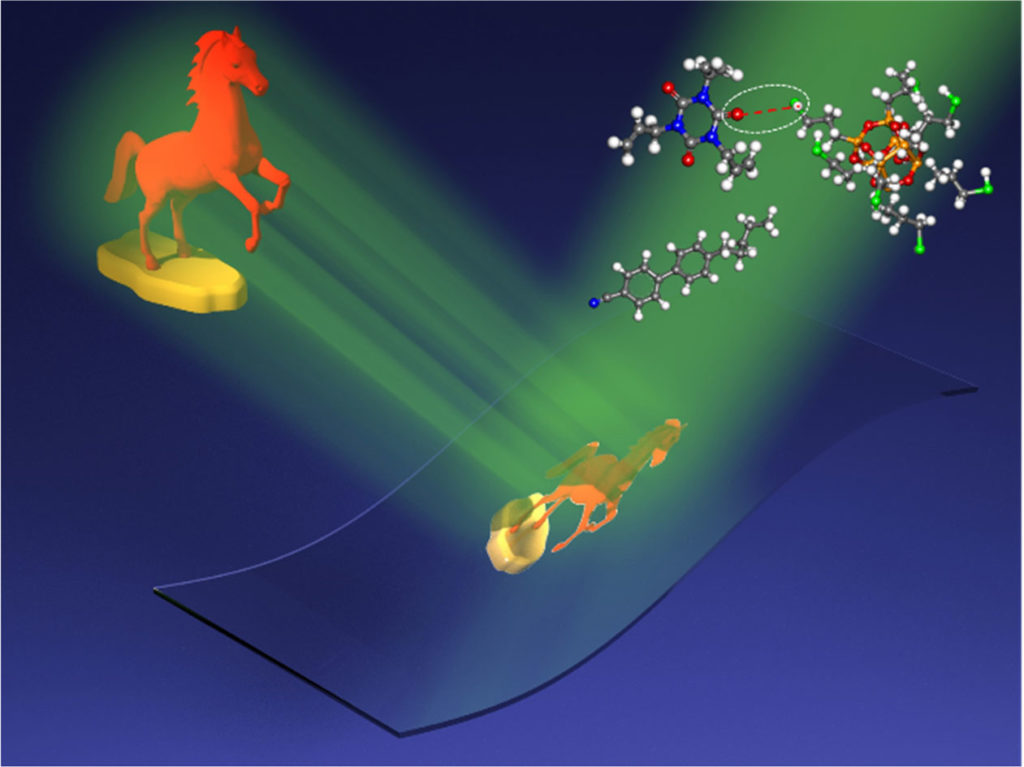 |
||
| From the themed collection: Frontiers Emerging Investigator Series | ||
| The article was first published on 18 Oct 2022 | ||
| Mater. Chem. Front., 2022, Advance Article | ||
| https://doi.org/10.1039/D2QM00744D | ||
My research interests
| Key words: holography, photopolymerization, 3D printing, supramolecular chemistry |
| My research interests focus on photoreaction mechanism, photorheology, and photopolymerization-based advanced manufacturing such as holographic printing and 3D printing. Particularly, I have made great efforts on the development of new holographic polymer materials for applications in high-security level anticounterfeiting, high-density data storage, and augmented reality (AR)/virtual reality (VR). |
10 Facts about me
| I chose my current career path because I can realize my creative thoughts via chemical design.
I published my first academic article on the conceptual “photoinitibitor” in J. Am. Chem. Soc., 2014. An accomplishment I’m particularly proud of is the pioneering work on crosstalk-free integration of cooperative-thermoresponse dual images via orthogonal photoreactions. This work was published in Angew. Chem. Int. Ed., 2020. I am most passionate about my work in holographic polymer nanocomposites because they can provide unlimited opportunities to explore new functions. I always feel lucky that my advisors directed me to the cutting-edge research fields. I get excited when I discuss new findings with my dynamic students. My favourite hobby is fishing, which can free my whole soul. One thing I cannot live without is independent thinking. It is my favourite time when I travel with my wife and lovely boys. One city abroad I am eager to visit again is Boulder of which I have a lot of good memories. |












